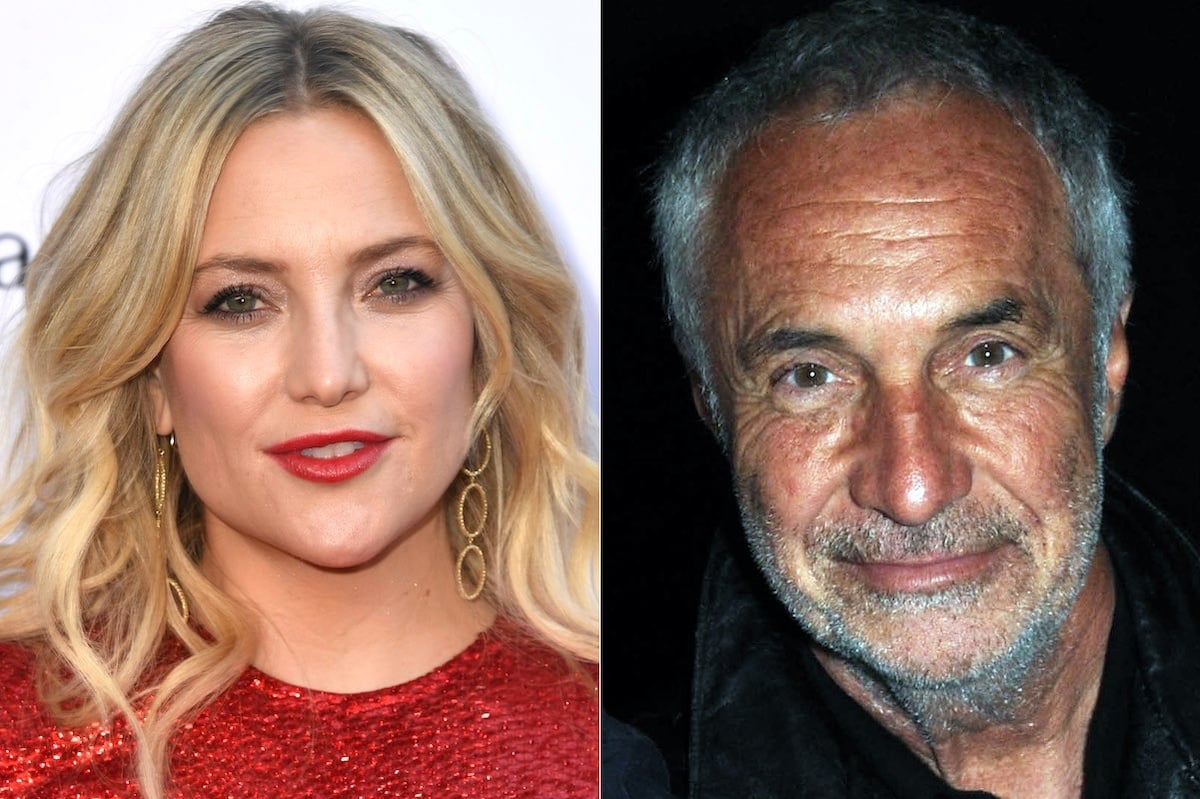

The photo appeared above the fold, covering three columns in the next day's issue of The New York Times, as well as in other newspapers nationwide. He took a photo on May 3, 1963, of Walter Gadsden, an African-American bystander who had been grabbed by a sunglasses-wearing police officer, while a German Shepherd lunged at his chest. Phil Sandlin, a competing photographer for UPI, described Hudson as "probably the most feared photographer that I had to work against because he was very, very good". His wife recounted that Hudson had been the target of bricks and rocks thrown at him by those who did not want him to photograph the African-American protests and the encounters they had with the police. He was hired by the Memphis, Tennessee bureau of the Associated Press in 1962 and covered many widely reported events of the civil rights era, including protests - and the often-violent responses of the police - during the Birmingham campaign and in the Selma to Montgomery marches. After leaving military service, he worked as a photographer at the Press-Register of Mobile, Alabama and The Chattanooga Times. He began his career as a photographer in 1949 when he joined the United States Army during the Korean War. William Marvin Hudson was born in Detroit on August 20, 1932. The depictions of police brutality against peaceful protesters that were seen in his widely published photographs helped push public support towards the goals of the civil rights movement. Bill Hudson's image of Parker High School student Walter Gadsden being attacked by dogs was published in The New York Times on May 4, 1963.īill Hudson (Aug– June 24, 2010) was an American photojournalist for the Associated Press who was best known for his photographs taken in the Southern United States during the Civil Rights Movement.


 0 kommentar(er)
0 kommentar(er)
